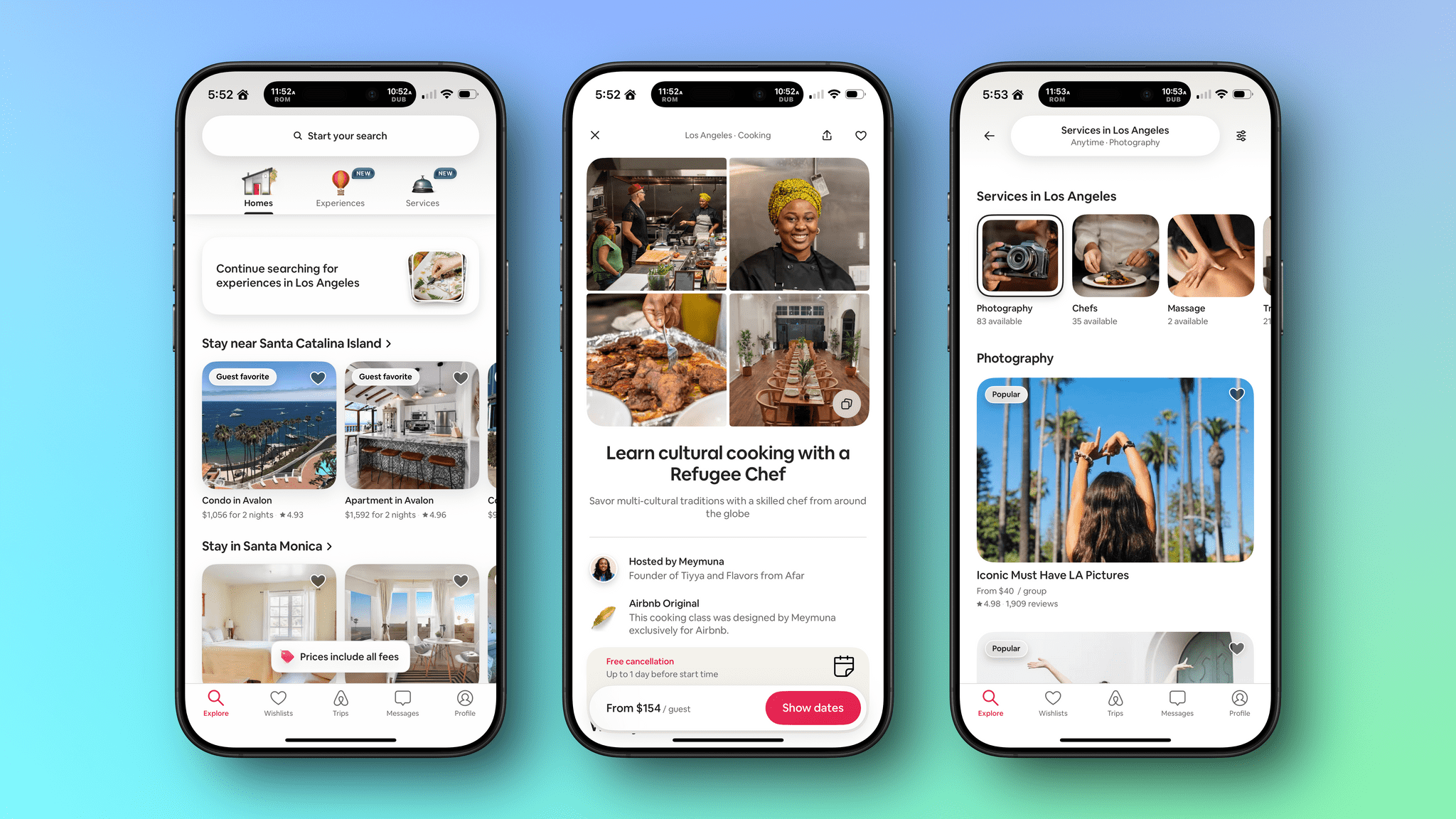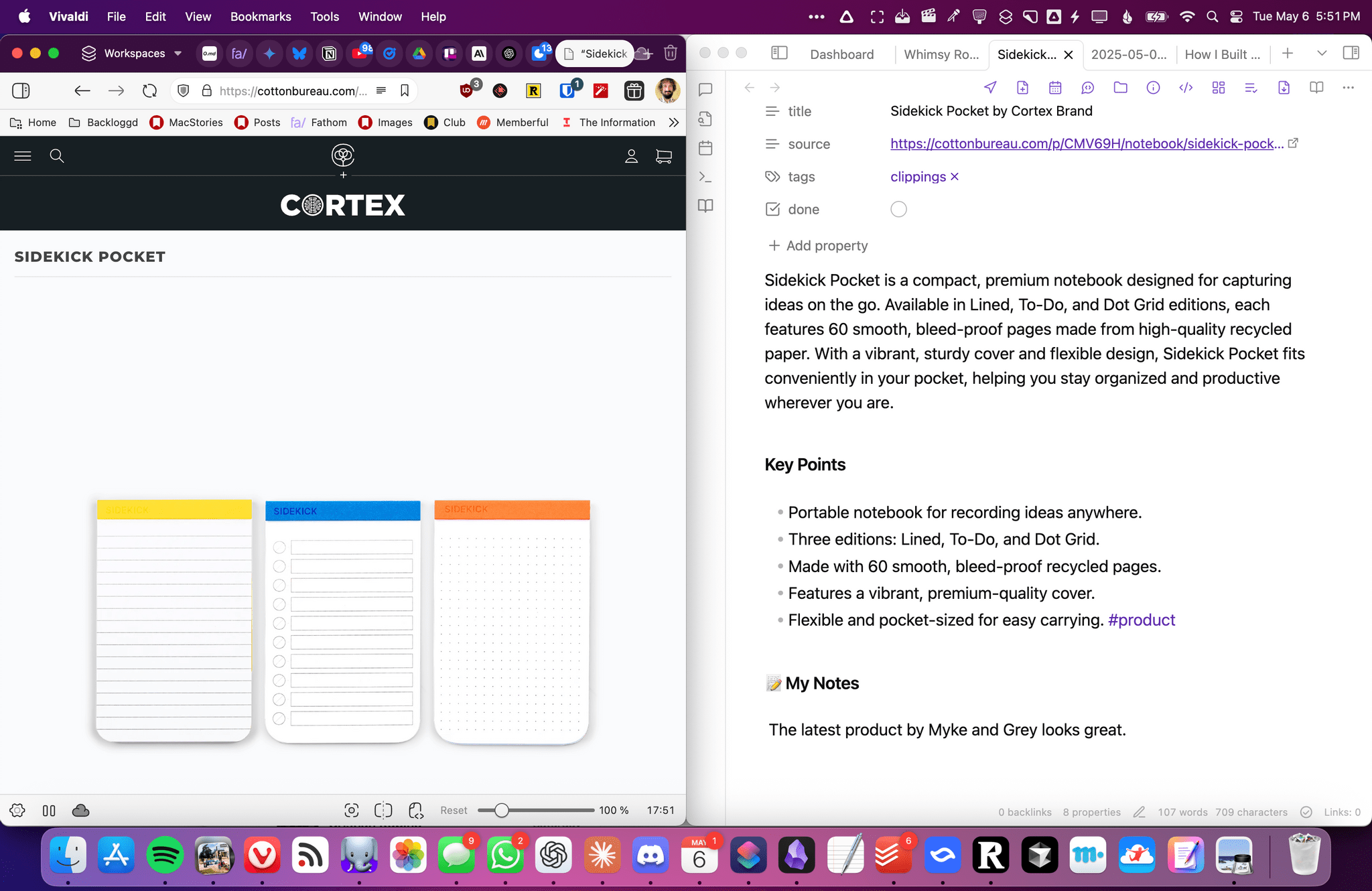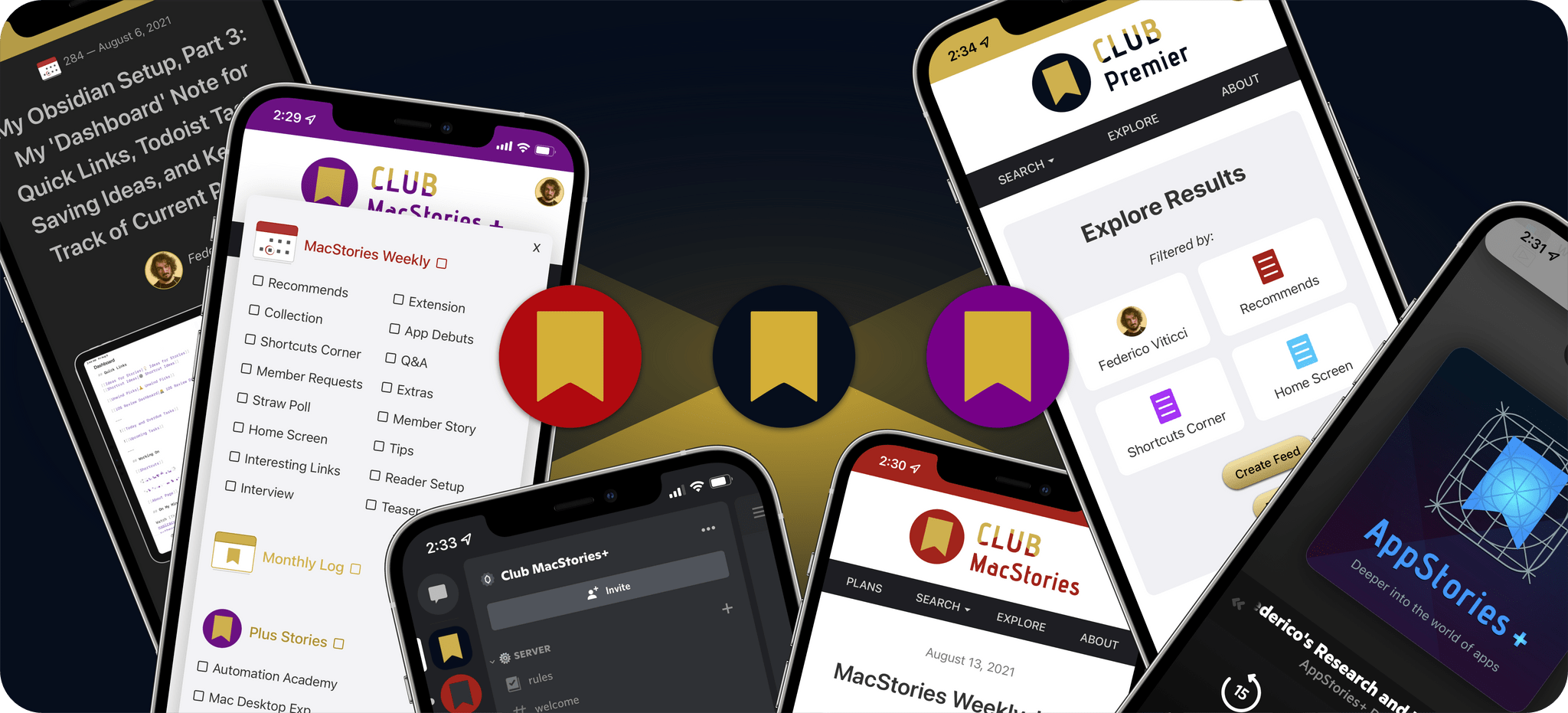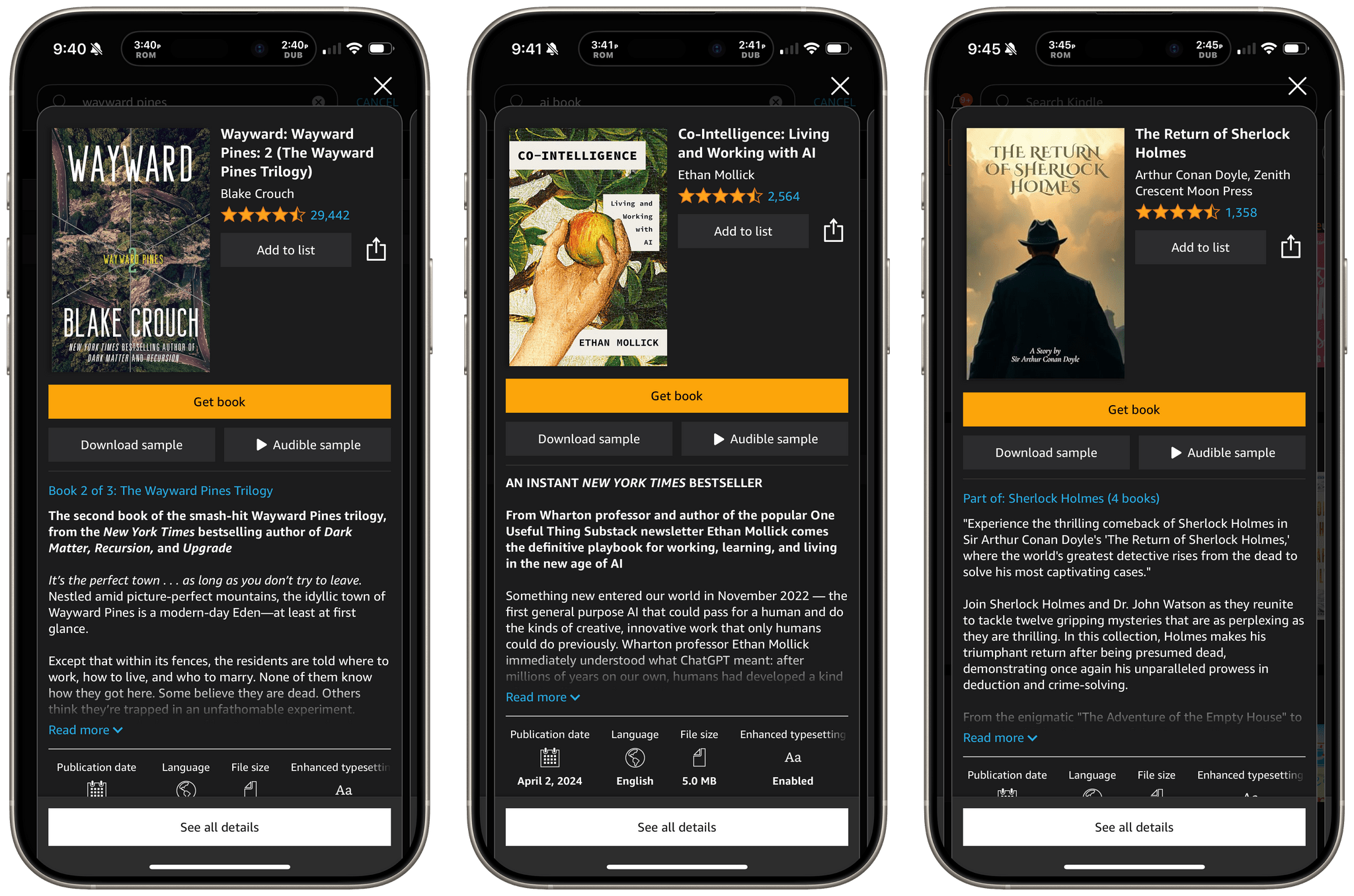On Sunday, Bloomberg’s Mark Gurman published a comprehensive recap of Apple’s AI troubles. There wasn’t much new in Gurman’s story, except quotes from unnamed sources that added to the sense of conflict playing out inside the company. That said, it’s perfect if you haven’t been paying close attention since Apple Intelligence was first announced last June.
What’s troubling about Apple’s predicament isn’t that Apple’s super mom and other AI illustrations looks like they were generated in 2022, a lifetime ago in the world of AI. The trouble is what the company’s struggles mean for next-generation interactions with devices and productivity apps. The promise of natural language requests made to Siri that combine personal context with App Intents is exciting, but it’s mired in multiple layers of technical issues that need to be solved starting, as Gurman reported, with Siri.
The mess is so profound that it raises the question of whether Apple has the institutional capabilities to fix it. As M.G. Siegler wrote yesterday on Spyglass:
Apple, as an organization, simply doesn’t seem built correctly to operate in the age of AI. This technology, even more so than the web, moves insanely fast and is all about iteration. Apple likes to move slowly, measuring a million times and cutting once. Shipping polished jewels. That’s just not going to cut it with AI.
Having studied the fierce competition among AI companies for months, I agree with Siegler. This isn’t like hardware where Apple has successfully entered a category late and dominated it. Hardware plays to Apple’s design and supply chain strengths. In contrast, the rapid iteration of AI models and apps is the antithesis of Apple’s annual OS cycle. It’s a fundamentally different approach driven by intense competition and fueled by billions of dollars of cash.
I tend to agree with Siegler that given where things stand, Apple should replace a lot of Siri’s capabilities with a third-party chatbot and in the longer-term make an acquisition to shake up how it approaches AI. However, I also think the chances of either of those things happening are unlikely given Apple’s historical focus on internally developed solutions.














